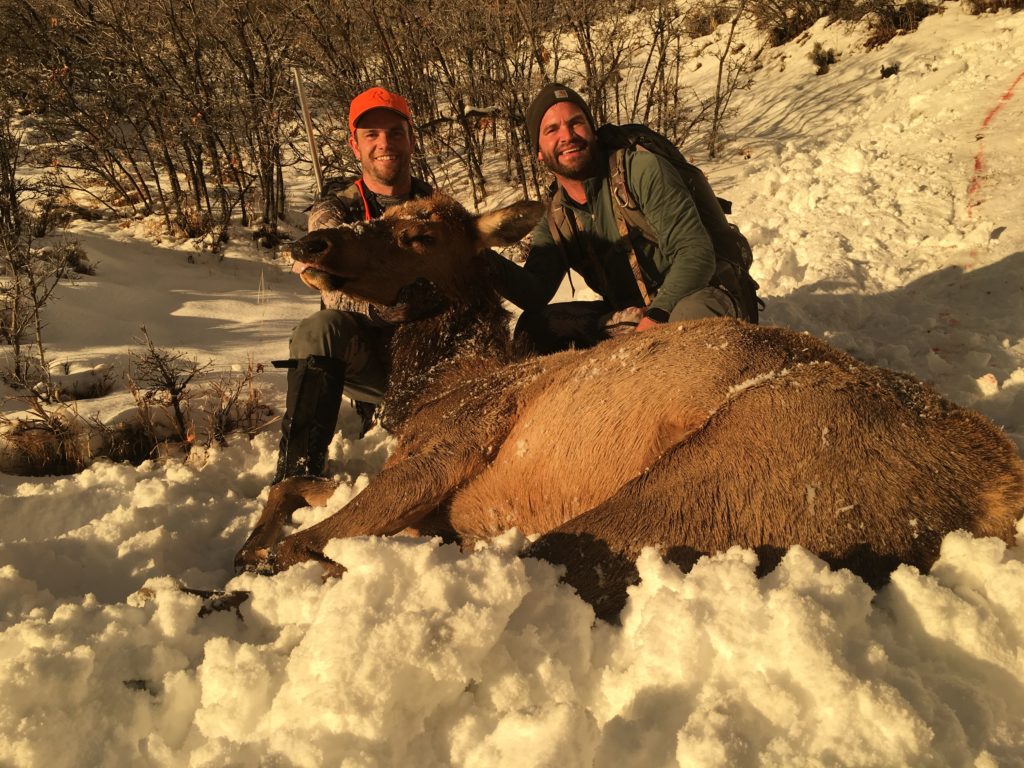

Other big game hunting permit changesĮlk are a different story, as populations remain nearly 3,000 above the state’s objective of 80,000 in the state. It is also seeking to set aside 530 antlerless deer permits, down from 635 last year. The division is requesting 1,305 limited-entry deer permits this year, which would be an increase of 40 permits. Utah does offer more than just the standard general season buck deer hunt. It’s also seeking 450 more permits in southeast Utah, as well as 600 more in central Utah. It’s also requesting that 3,275 permits be added to southern Utah, which had lost permit totals over the past few years. The division is requesting a reduction of about 4,800 permits in northern Utah and a decrease of another 1,000 in northeast Utah this year. But we also do anticipate to see some growth in the southern part.”Īdding all these factors together, the division came up with a recommendation of 71,600 general season buck permits for this season.Ībout all of the decreases would be in the division’s northern and northeast regions, where populations have struggled the most with snow. “We anticipate to see some declines this year in units in the northern part of the state. “There is such a thing as too much of a good thing,” Mangus said. This is a major reason why the division announced Monday that it will keep 24 wildlife management areas in central and northern Utah closed through the end of April, so wintering deer and other big game animals aren’t disturbed during a pivotal time in the year. Some herds are expected to struggle with this year’s record snowpack impacting their primary habitat. However, the same precipitation helping deer populations recover for the first time in a few years is likely going to impact survival rates in some parts of the state. These factors were trending in the right direction when data was collected in December. Instead, other factors like buck-to-doe ratios, fawn production, as well as doe and fawn survival rates after the winter help determine the permit amount for a season. He explained that cutting buck permits isn’t a “silver bullet” in population growth. “Late summer-early fall monsoon moisture patterns that we’ve seen have been really beneficial and helped deer.”īut the recommendations are based on a formula of variables to come up with a preferred hunting permit figure, not just the current deer population. “Our statewide deer population actually grew about 10%,” Mangus said in a video explaining the permit change proposal. However, a shift in precipitation between December 2021 and December 2022 made a big difference in reversing the downward trend. The state’s long-term drought is a major reason for the decline after deer populations had finally neared the goal of over 400,000 deer. Utah wildlife officials say there are an estimated 335,000 deer, up nearly 30,000 from an estimate unveiled in late March 2022 but still about 70,000 below the state’s population objective. The Utah Wildlife Board is set to vote on the final number of big game hunting permits next month. The division is also seeking a general increase in elk hunting permits as a result of a new management plan for the species in the state, among other permit requests. “The way we hunt buck deer in Utah doesn’t drive deer populations, but what happens with deer populations drives how we hunt buck deer,” said Dax Mangus, the division’s big game coordinator, in a statement. It comes as Utah’s deer population remains tens of thousands shy of the state’s goal of 404,900 overall. The Utah Division of Wildlife Resources unveiled its 2023 hunting permit recommendations on Tuesday, which call for 71,600 general season buck deer permits this fall - 1,475 fewer than were issued last year. SALT LAKE CITY - Utah wildlife biologists are seeking a reduction in general-season deer hunting permits for the fifth straight year however, there are signs that the struggling species is improving as the statewide drought weakens.


 0 kommentar(er)
0 kommentar(er)
